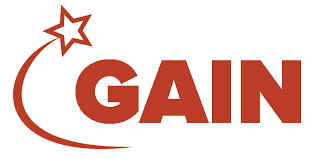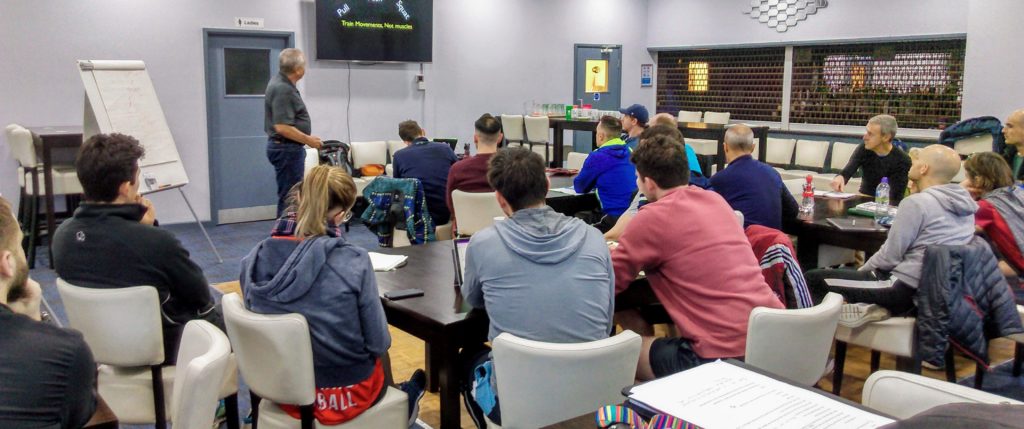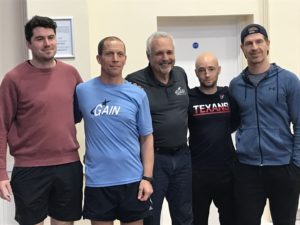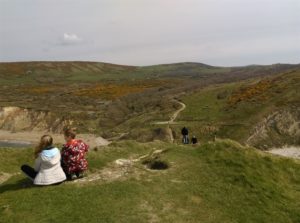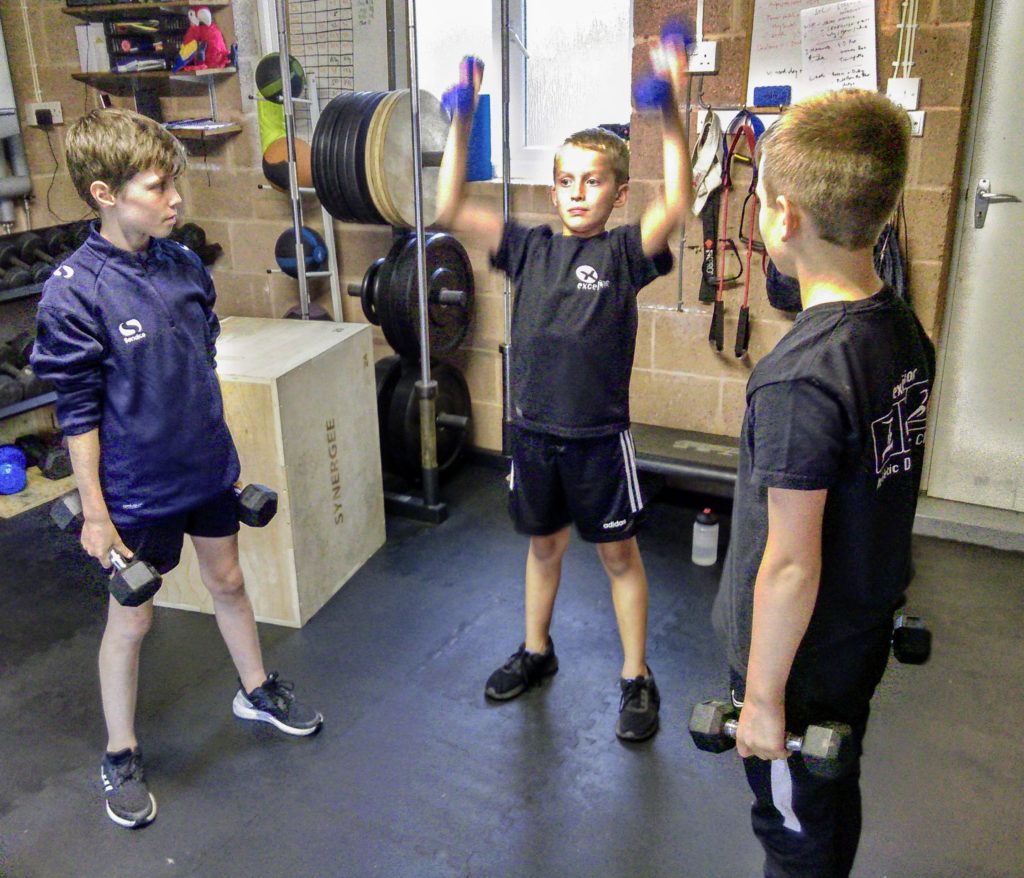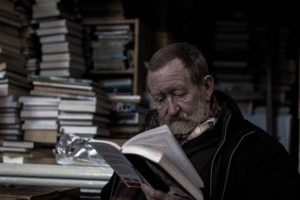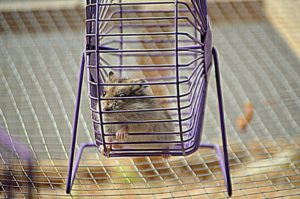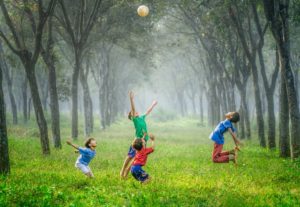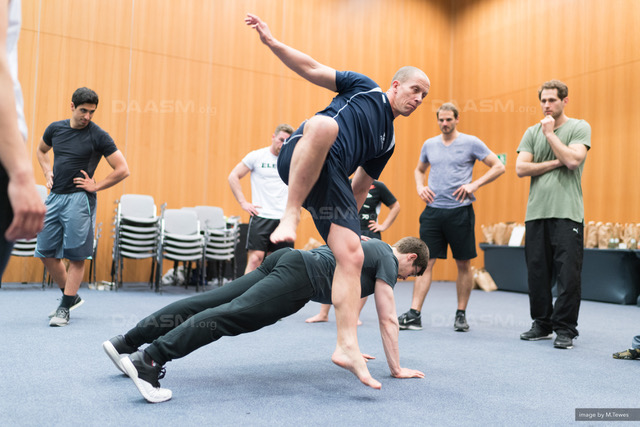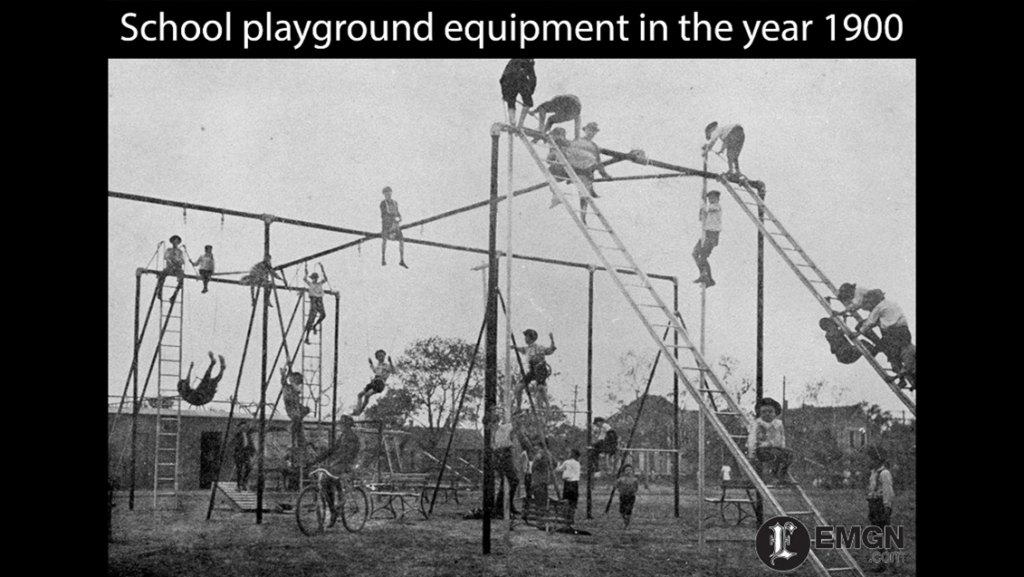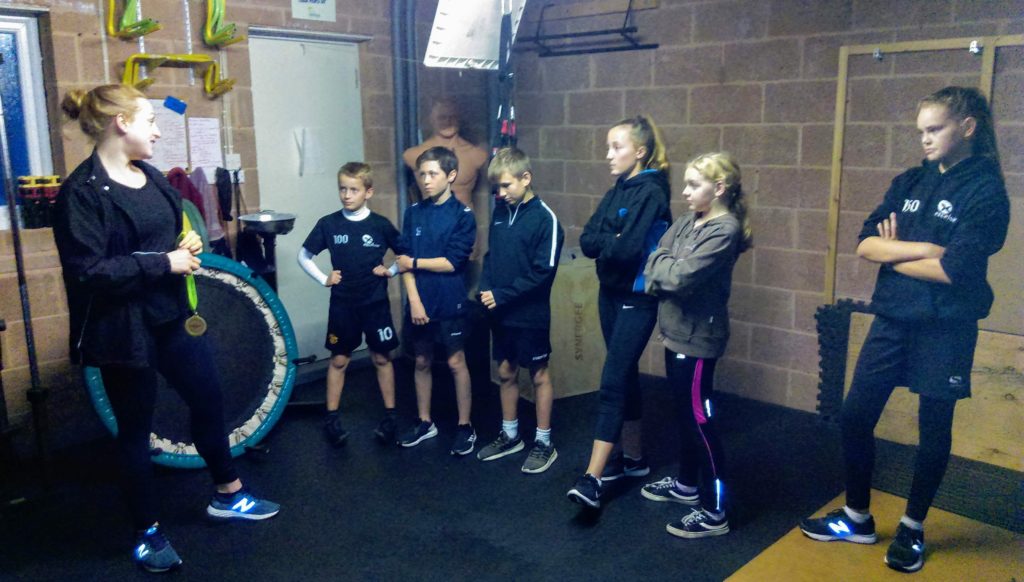Summer Reading Recommendations
Leave a CommentBooks for the holidays
Everyone who reads this post will have experienced the Pandemic lock down differently. Some of you may have had more time to read, some of you may have cut back on books due to finances, some of you will not have had time to read as you try to balance home -schooling, work, life and worries. Some of you may have been ill.
What follows are my personal recommendations for holiday reading based on what I have read this year and also 3 text books that are keepers.
I have read a lot more fiction than usual: my mind has needed to get away, even if my body is stuck in Willand.
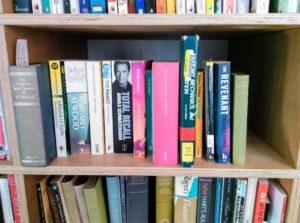
My regular reader will know that I have forsworn from buying books over the last 18 months.
I try to use the library (but not for 14 weeks now) as much as possible and borrow books from friends. This is to save money and to be disciplined in clearing my Tsundoku: I have plenty on that shelf already.
I admit to breaking my oath by buying three text books:
1. The Weightlifting Encyclopedia by Arthur Dreschler (recommended by Ray Williams).
2. Your Move: A New Approach to the Study of Movement and Dance by Ann Hutchinson Guest (recommended by Greg Thompson).
3. Self-Editing for Fiction writers by Renni Browne and Dave King (recommended by Jean Fullerton).
All three are excellent; the first two are very detailed and require some time end effort to finish but will be keepers on my bookshelves.
Top 5 Books for Holiday Reading
A tough choice as I have read many excellent books this year (see full list below) but here they are:

1. The Dog of the Marriage: Amy Hempel. Four books in one. A collection of short stories that are superbly written and entertaining.
2. The Milkman: Anna Burns. Excellent moving novel about a young woman living in Belfast in the late 1970s. Outstanding writing.
3. Life and Fate: Vassily Grossman. Epic novel about one family and their friends set in and around Stalingrad in WWII. The sparse Russian writing is a delight to read and the human stories are well placed against the horrific backdrop. Fantastic.
4. The Shipping News: Annie Proulx. Sublime prose and similes to die for. A great human interest novel with the Newfoundland coast being a key part.
5. Life Among the Savages: Shirley Jackson. Extremely well written memoir of life in rural Vermont with young children. Funny and relevant 50 years later, maybe more so for those of us who have had children at home for 6 months.
If you have any books that you think are worth taking on holiday, please add in the comments section below.
The full list of books that I have read so far in 2020
Thanks to Mandi Abrahams and Pete Bunning for sending/ loaning me books and to Sarah and family who have bought me books for Christmas.
1. A Slip of the Keyboard: Terry Pratchett. A series of newspaper articles and speeches made over 25 years. The first half is about writing and publishing,which is very funny. The second half is about his Alzheimer’s disease and how he is coping with that. Truly a great writer.
2. Night Walks: Charles Dickens. Essays on his ramblings around London. His observations are witty and descriptive. I might make Dickens a thing to read every Christmas time now.
3. What Matters Most: John Doerr. Objectives and Key Results (OKRs) form the backbone of this book. Case studies of this form of management. Very useful.
4. James S. Corey: Tiamat’s Wrath. Sci-fi soap, wearing a bit thin now.
5. Calypso: David Sedaris. 18 semi auto-biographical essays. Laugh out loud in parts. Very well written.
6. The Stinging Fly (Summer 2019): Various. Modern writing, short stories and poems. The ‘Border’ focus was excellent, but some of the new generation are self-indulgent, talking about their writing.
7. The Body: Bill Bryson. Superbly written overview of what makes the body work, and the people who discovered how. A page turner.
8. Night Boat to Tangiers: Kevin Barry. Modern and interesting, raw prose. A bit too disjointed for me.
9. A Movement approach to Educational Gymnastics: Ruth Morison. Read for the 2nd time, got more out of having taught for 5 years now. Superb.
10. The Modern Antiquarian: Julian Cope. A beautiful book that comes in a box! Covers pre-history in Britain and how the Romans and Christians wrote over what existed previously. has a gazetteer of dozens of stone circles, henges and dolmens in the UK. Very interesting.
11. Emerald Eye: Various, ed Frank Ludlow and Roelof Goudriaan. A collection of SF and fantasy short stories from Ireland. Very good.
12. An Introduction to Movement Study and Teaching: Marion North. Short, with some good ideas. A lot of dance and drama involved.
13. The Depths: Henning Mankell. A Swedish novel about the navy in WWI. Interesting lead character, deeply flawed.
14. Young Skins: Colin Barrett. A short story collection by this modern Irish writer. Set mostly in one fictional small town, great prose, interesting situations.
15. Life Among the Savages: Shirley Jackson. Extremely well written memoir of life in rural Vermont with young children. Funny and relevant 50 years later.
16. And Then There Were None: Agatha Christie. Good plot, but dated and laborious writing.
17. Dynamic Physical Education for Elementary School Children: Robert Pangrazi. A huge book, in depth and lots of practical ideas. A must for p.e. teachers.
18. The Buried Giant: Kazuo Ishiguro. A beautiful, sad mythical tale. A treat.
19. Consider This: Chuck Palahniuk An excellent book for writers about writing. Useful tips and relevant anecdotes.
20. Socratic Discourses: Plato and Xenophon. Part of the Everyman’s library, wisdom from the wisest of all. Hard to get through due to the conversational style of writing, but useful nuggets in there.
21. Anatomy For The Artist: Sarah Simblet. A sumptuous book by this Dr and artist. Great illustrations, I enjoyed reading this.
22. Martin Eden: Jack London. A semi-autobiographical account of a struggling writer who burns out. Brilliant.
23. The Dog of the Marriage: Amy Hempel. Four books in one. A sublime collection of short stories that are superbly written and entertaining.
24. The Witcher: Andrzej Sapkowski Time killing fantasy short story collection. Meh.
25. Life In the Universe: Michael J. Farrell. What a collection of entertaining short stories. Funny and well written.
26. With Lawrence in Arabia: Lowell Thomas. A super little book written in the aftermath of World War I, before Lawrence’s death. Very descriptive and atmospheric writing.
27. Tales of Space and Time: H.G. Wells. 5 short stories/novellas. Interesting to see what Wells thought 2020 and beyond would look like.
28. The Shipping News: Annie Proulx. Sublime prose and similes to die for. A great human interest novel with the Newfoundland coast being a key part.
29. The Stinging Fly (Winter 2019): Various authors. Collection of short stories and essays. Very good writing.
30. Hothouse: Brian Aldiss. Classic SF novel set on a future Earth which is dying. A Hugo award winning journey of discovery.
31. Britain BC: Francis Pryor. Extensive account of pre-Roman Britain. Lots of archaeology and description, well written and interesting.
32. The Encyclopedia of Physical Fitness: Ed by Thomas Cureton & Reuben Frost. An overview of many sports and some dance and outdoor activities. Includes rules and histories of the activities: dated in parts, useful in others.
33. Twelve Stories and a Dream: H.G. Wells. More misses than hits from this prolific writer, feels a bit dated in parts. Like the way he wraps up each story.
34. The Pianist: Wladyslaw Szpilman. Sombre and understated account of one man’s miraculous survival of the Nazi occupation of Warsaw. Shows how random and arbitrary death was.
35. The Revenant: A novel of the Western frontier in the 1820s. More of a fictional history lesson.
36. The Milkman: Anna Burns. Excellent moving novel about a young woman living in Belfast in the late 1970s. Outstanding writing.
37. Your Move:A new Approach to the Study of Movement and Dance: Ann Hutchinson Guest. An illustrated guide to Labanotation. Hard going but interesting. It is learning a new language.
38. Europe Between The Oceans (9000 BC-AD 1000): Barry Cunliffe. A comprehensive overview of the macro movements and events that have shaped our history. It uses the geography of our European peninsula to describe why peoples moved and traded and fought. Excellent.
39. The Small Back Room: Nigel Balchin. Short novel about a scientific research unit in London during World War II. Interesting and niche.
40. A Short History of English Literature: Sir Ifor Evans. This edition was written in 1963 and covers plays, novels and prose up until then. A useful guide.
41. Midnight’s Children: Salman Rushdie. A hard read with very flowery prose.: one sentence was two pages long,. The story is interesting but I can’t see what all the fuss is about.
42. Arizona Ames: Zane Grey. Disappointing and simplistic Western. A one-dimensional lead character.
43. Life and Fate: Vassily Grossman. Epic novel about one family and their friends set in and around Stalingrad in WWII. The sparse Russian writing is a delight to read and the human stories are well placed against the horrific backdrop. Fantastic.
44. Modern Short Stories: J. Hadfield (Ed). 20 stories from authors such as Conrad, Wodehouse and Pritchett, printed in 1962. Great examples of this form.
45. The Stinging Fly (Summer 2020): Various, Edited by Danny Denton. A collection of essays, poems and short stories. The essays and a couple of the short stories were good, the poetry I can leave.
46. The Weightlifting Encylopedia: Arthur Dreschler. Written in 1998, this is a well written, comprehensive guide to the sport. If it was published now it would have less text and more pictures. I like this edition. Great personal examples from the author and well laid out. Fantastic.
47. Self-Editing for Fiction writers: Renni Browne and Dave King. An older book, very useful with clear examples and downright funny in places.


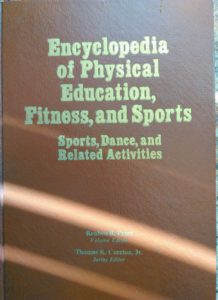
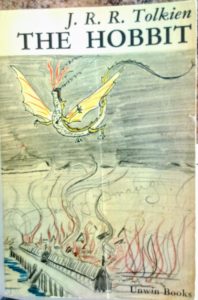
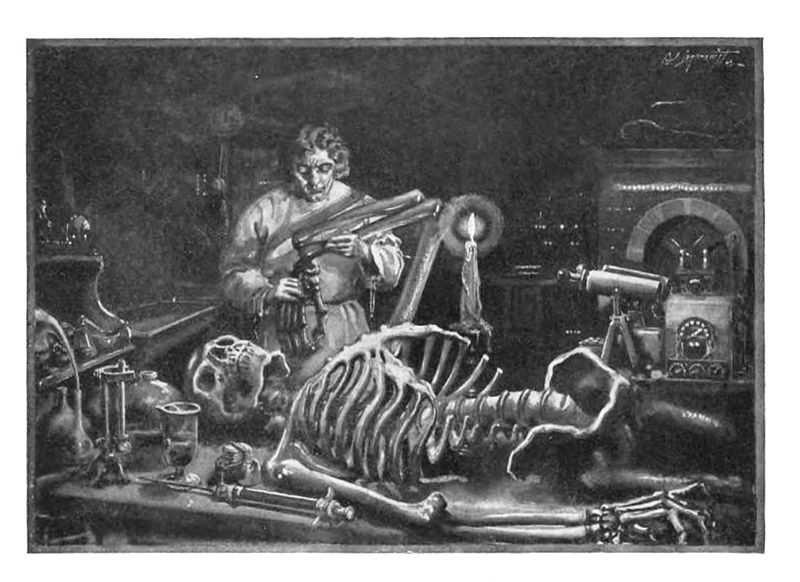
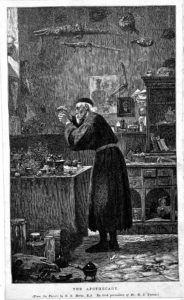
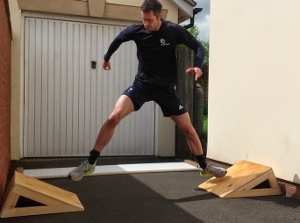 Over the past few years, we have published many guides on sports fitness; based on both research and our extensive coaching experience. Our athletes have benefitted from the principles and systems that we have developed.
Over the past few years, we have published many guides on sports fitness; based on both research and our extensive coaching experience. Our athletes have benefitted from the principles and systems that we have developed.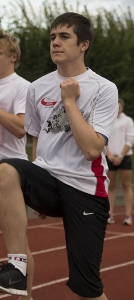 Archery:
Archery:  Handball:
Handball: 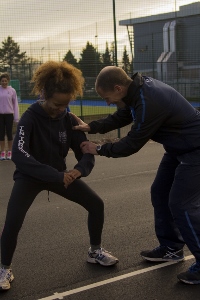 Running:
Running: 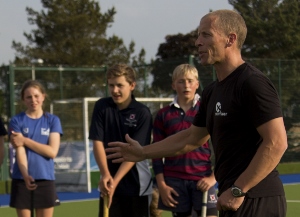 If you would like to get fit for your sport safely and effectively and have some fun on the way, then I am happy to help.
If you would like to get fit for your sport safely and effectively and have some fun on the way, then I am happy to help.